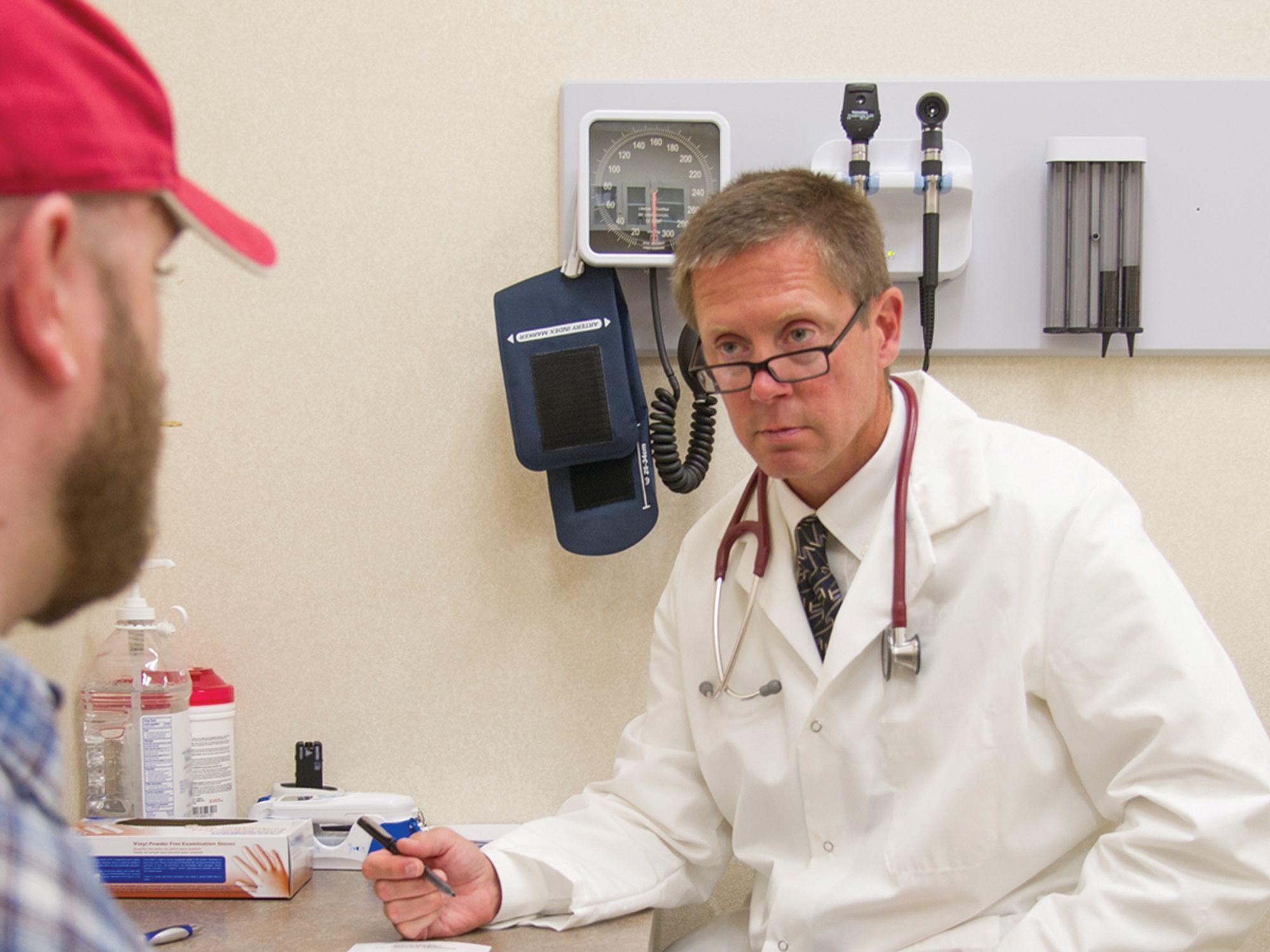What is medical treatment beyond first aid?

- Medical treatment beyond first aid is any treatment given for an injury or illness that is not specifically listed in the OSHA definition of “first aid.”
First aid and medical treatment criteria will probably be the criteria used most often when deciding whether a work-related injury must be recorded. The Occupational Safety and Health Administration’s (OSHA) list of first aid treatments is inclusive; an employer can look at it and without elaborate analysis, determine whether a treatment is first aid and thus not recordable. These treatments are considered first aid whether they are provided by a lay person, a physician, or a healthcare professional. Any treatment not on the first aid list is considered medical treatment and is recordable, even when it is provided by someone other than a physician or healthcare professional.
If a work-related injury or illness results in medical treatment beyond first aid, record it on the OSHA 300 Log. If the injury or illness does not involve death, one or more days away from work, one or more days of restricted work, or one or more days of job transfer, the employer should enter a check mark in the box for “Other recordable cases.”
For recordkeeping purposes, first aid means the following only:
- Using a non-prescription medication at non-prescription strength (for medications available in both prescription and non-prescription form, a recommendation by a physician or healthcare provider to use a non-prescription medication at prescription strength is considered medical treatment);
- Administering tetanus immunizations (other immunizations, such as hepatitis B vaccine or rabies vaccine, are considered medical treatment);
- Cleaning, flushing, or soaking wounds on the surface of the skin;
- Using wound coverings such as bandages, Band-Aids™, gauze pads, etc.; or using butterfly bandages or Steri-Strips™ (other wound closing devices such as sutures or staples are considered medical treatment);
- Using hot or cold therapy;
- Using any non-rigid means of support, such as elastic bandages, wraps, non-rigid back belts, etc. (devices with rigid stays or other systems designed to immobilize parts of the body are considered medical treatment);
- Using temporary immobilization devices while transporting an accident victim (splints, slings, neck collars, back boards, etc.);
- Drilling of a fingernail or toenail to relieve pressure, or draining fluid from a blister;
- Using eye patches;
- Removing foreign bodies from the eye using only irrigation or a cotton swab;
- Removing splinters or foreign material from areas other than the eye by irrigation, tweezers, cotton swabs or other simple means;
- Using finger guards;
- Using massages (physical therapy or chiropractic treatment are considered medical treatment for recordkeeping purposes); or
- Drinking fluids for relief of heat stress.
Medical treatment means the management and care of a patient to combat disease or disorder. As such, medical treatment does not include:
- Visits to a physician or other licensed healthcare professional solely for observation or counseling; or
- The conduct of diagnostic procedures, such as x-rays, MRIs, CT scans, and blood tests, including the administration of prescription medications used solely for diagnostic purposes (eye drops to dilate pupils).
